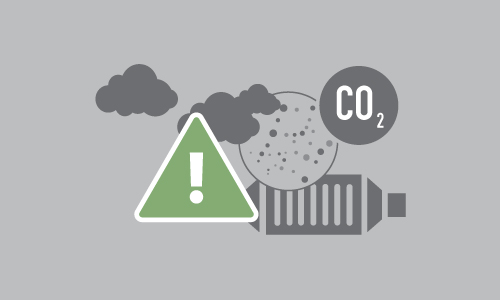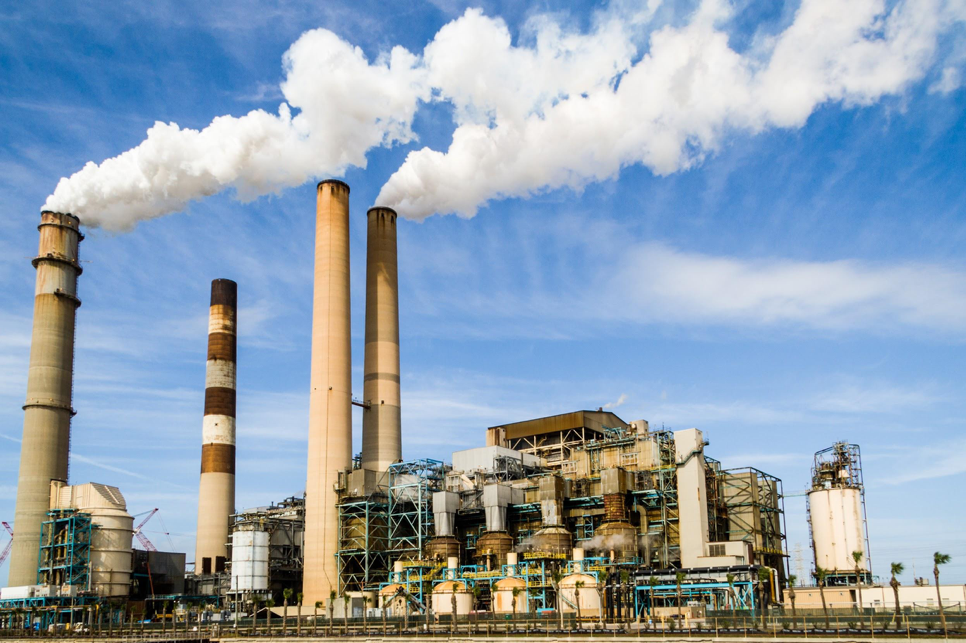How to know when it’s time for a change.
Manufacturers must adhere to strict emission limits set by the Environmental Protection Agency (EPA), industry leaders, and governing bodies. The Clean Air Act (1970) enforces these limits and updates them as new technologies emerge. While removing the use of harmful substances during the production process is recommended, it is not always feasible for manufacturers reliant on specific chemicals.
An emissions control system regulates and reduces the output of harmful pollutants by collecting and destroying volatile organic compounds (VOC) during production. Choosing the best system for your business is essential for meeting EPA standards, industry regulations, and budgeted production costs.
The Importance of an Emissions Control Unit
The requirements and compliance standards outlined by the EPA and The Clean Air Act (1970) are regularly updated, adhering to “generally available control technology or management practices.” Therefore, businesses must install current, reliable equipment and maintain compliance within the legislation to avoid penalties.
The type of industry and the chemicals emitted may dictate whether a control system is necessary. For example, the EPA requires automobile coating operations to reduce the use of VOCs in its production process, causing businesses to alter front-end production techniques.
In contrast, chemical manufacturers are required to lower their overall emission levels, placing a focus on waste control. Emission control systems use absorption techniques combined with thermal and catalytic incineration to not only reduce the number of harmful pollutants released into the air but also help manufacturers avoid changing their production process.
Types of Emission Control Systems Available
These systems reduce the level of harmful pollutants released into the air by collecting them, destroying the particles, or converting them into benign compounds. While all of these methods are effective, you may be required to use a combination of all three to reach specific emission goals. The following systems are used across applicable industries:
- Solvent recovery
- Thermal oxidation
- Regenerative thermal oxidizer
- Recuperative thermal oxidizer
- Catalytic oxidation
- Regenerative catalytic oxidizers
Emission control systems vary in cost, destruction rate, and combustion method. Absorption techniques remove harmless particles from the air and collect them for destruction or redistribution, while combustion systems heat and break down the compounds into harmless particles. Although some units collect but do not destroy VOCs, manufacturers must consider the removal of the remaining pollutants to repurpose, sell, or dispose of them safely.
Narrowing Down Your Options
It’s important to consider the heating methods of each control unit and how they fuel the combustion process. For example, the amount of fuel required to operate thermal oxidation may outweigh the benefits of the system itself. Furthermore, nitrogen oxides (NOx) are produced when combustion occurs, causing a possible increase in the overall emissions output instead of a reduction.
As an alternative, catalytic oxidation requires lower temperatures and therefore produces less NOx. However, the system’s application is limited due to the potential poisons released during operation. The type of VOCs created in production may also influence the type of system required. For example, a cyclone-based filtration system may capture larger particles more efficiently.
When deciding what system to use, consider the utility costs, facility layout, regulatory requirements, and current VOC emission levels. While the operation expenses of a regenerative catalytic oxidizer are low, the system is only suitable for low-VOC outfits. Similarly, the operating costs of a recuperative thermal oxidizer may be higher than others, but the destruction efficiencies can be greater the 99 percent.
Depending on the type of commerce and the facility in question, manufacturers may be able to use the energy released by the production process to fuel the combustion within the control unit itself. These types of cyclical operations are both cost-effective and efficient.





